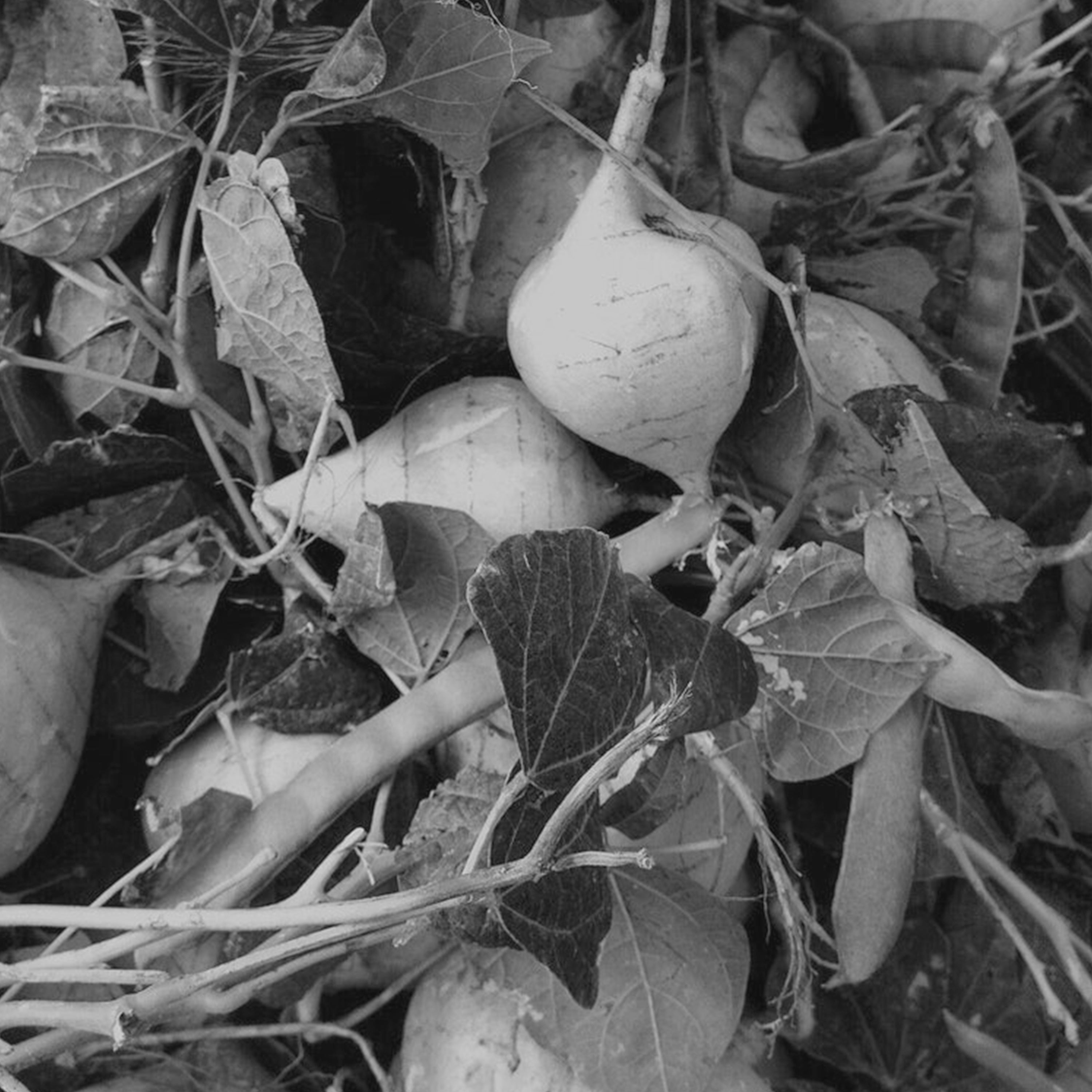
Jicama extract Fields of Yarrow
Jicama - Peeled and sliced into thin, French fry slices. Olive oil - To cover the fries so they become extra crispy on the outside. Salt and pepper - To taste. Only a little bit is added prior to baking it, to ensure the fries don't dry out from the extra sodium.

Jicama How To Cook Angel Vegetable
Pachyrhizus erosus, commonly known as jícama (/ ˈ h ɪ k ə m ə / or / dʒ ɪ ˈ k ɑː m ə /; Spanish jícama ⓘ; from Nahuatl xīcamatl, [ʃiːˈkamatɬ]) or Mexican turnip, is a native Mexican vine, although the name jícama most commonly refers to the plant's edible tuberous root.It is in the pea family (Fabaceae). Pachyrhizus tuberosus and Pachyrhizus ahipa are the other two.
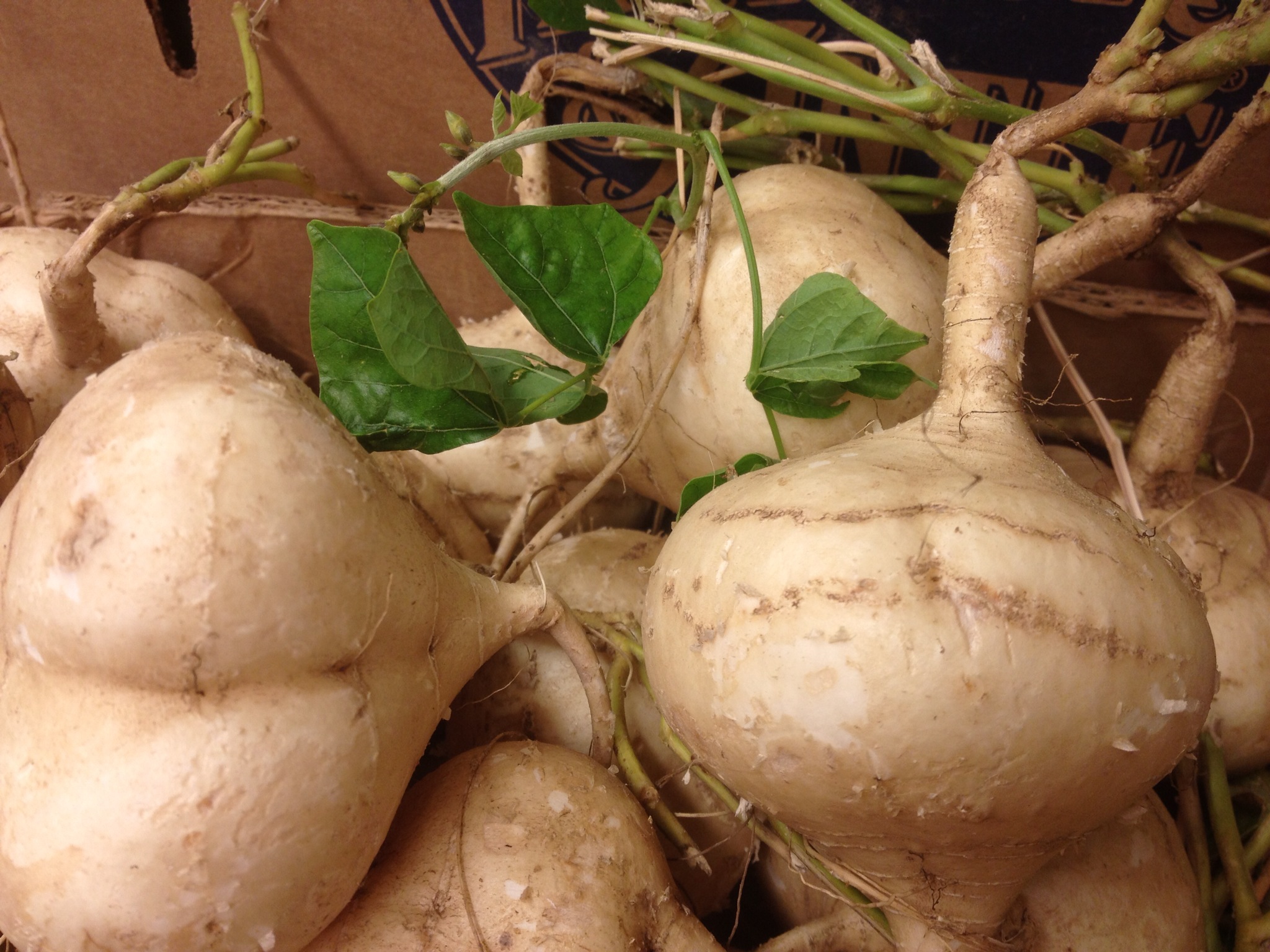
Jicama Have You Eaten, SF?
Preheat the oven to 450 degrees F. Rub the jicama with olive or vegetable oil; sprinkle it with salt. Prick the jicama with the tines of a fork. Place the jicama on a baking sheet or lay it directly on the oven rack, Bake for 45 to 60 minutes (depending on size); turn the jicama once at halfway.
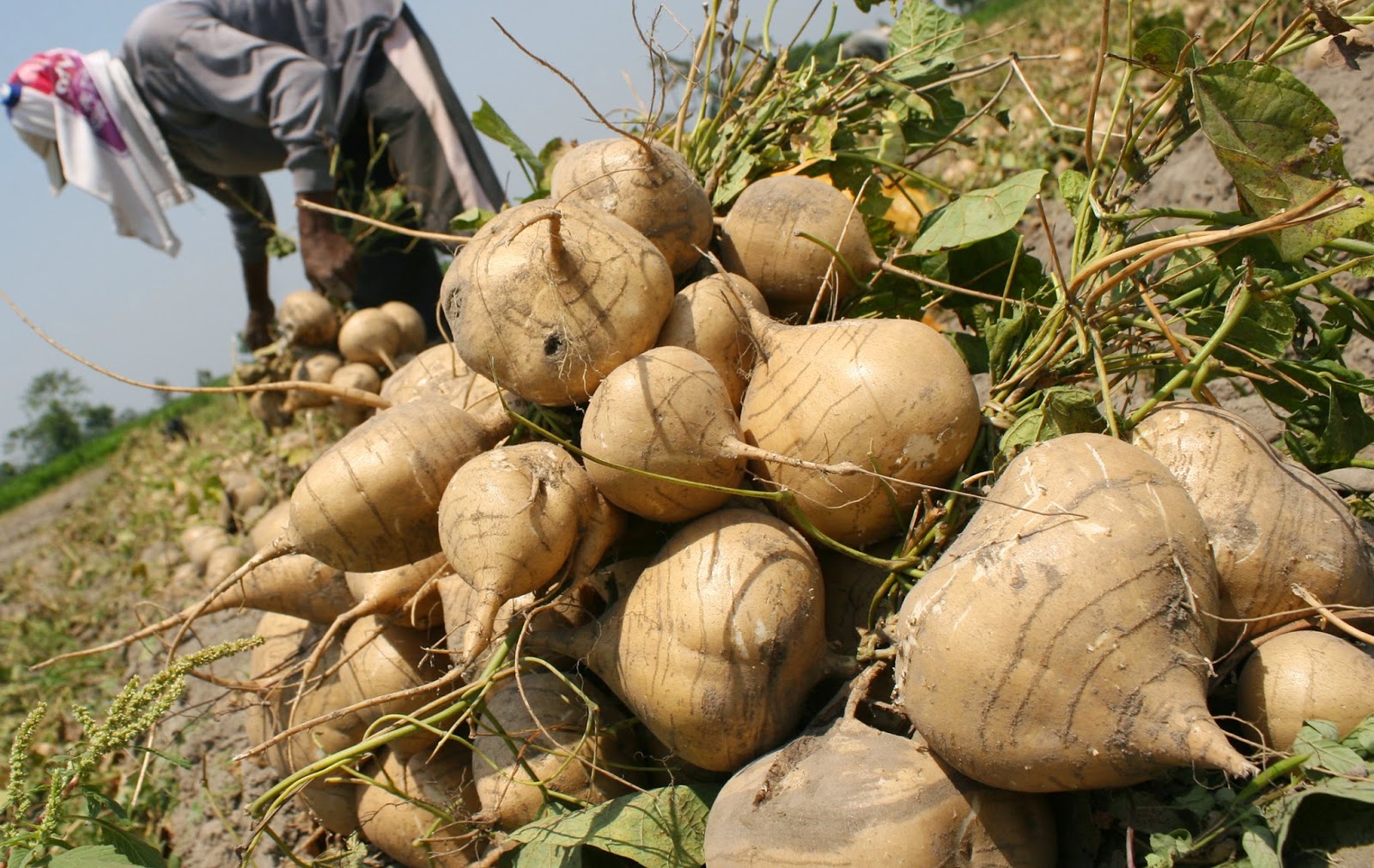
Health Benefits of Jicama (yam bean) For Beauty and your body Health
Jicama is low in calories and sugar, very low in fat and protein, and high in fiber. A single 100 g serving of raw jicama contains: 38 calories. 8.82 g of carbohydrates. 1.80 g of sugar. 0.09 g of.
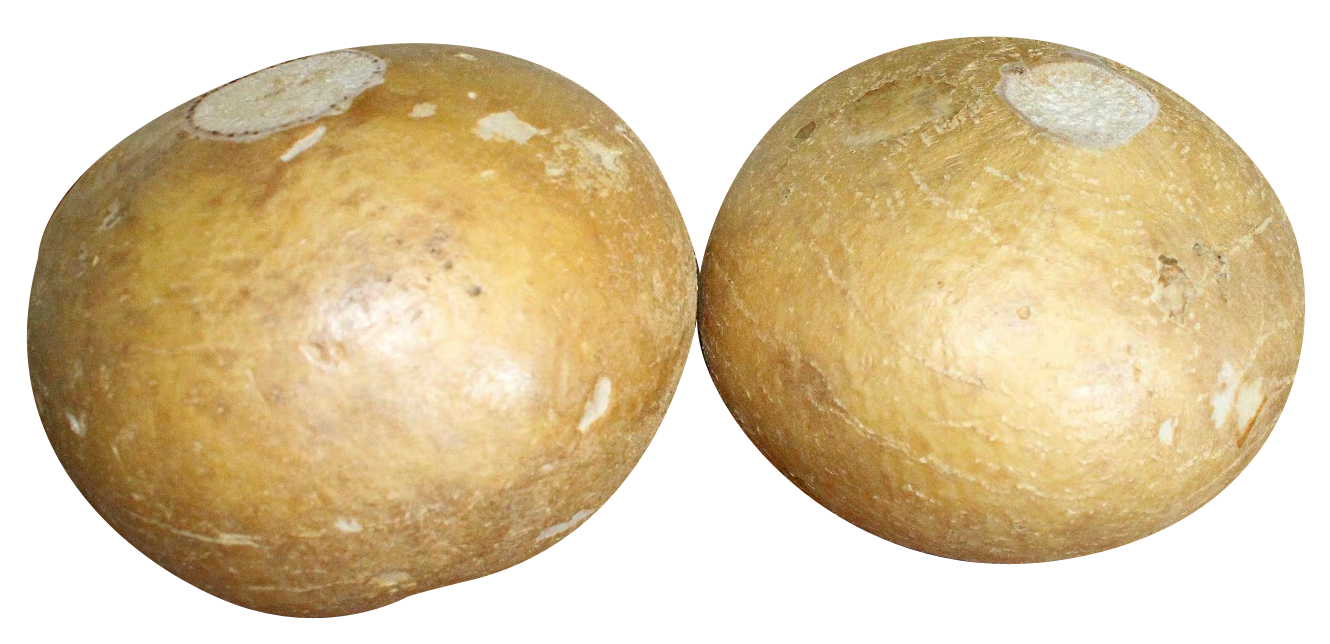
Download Jicama PNG Image for Free
Soak the seeds. Put the jicama seeds in lukewarm water to speed up germination. Place seeds in a shallow pan of warm water. Allow them to sit for 24 hours. Then, remove the seeds from the water. 4. Choose a good location. Look for a place in your garden that receives at least 6 to 8 hours of sunlight per day.
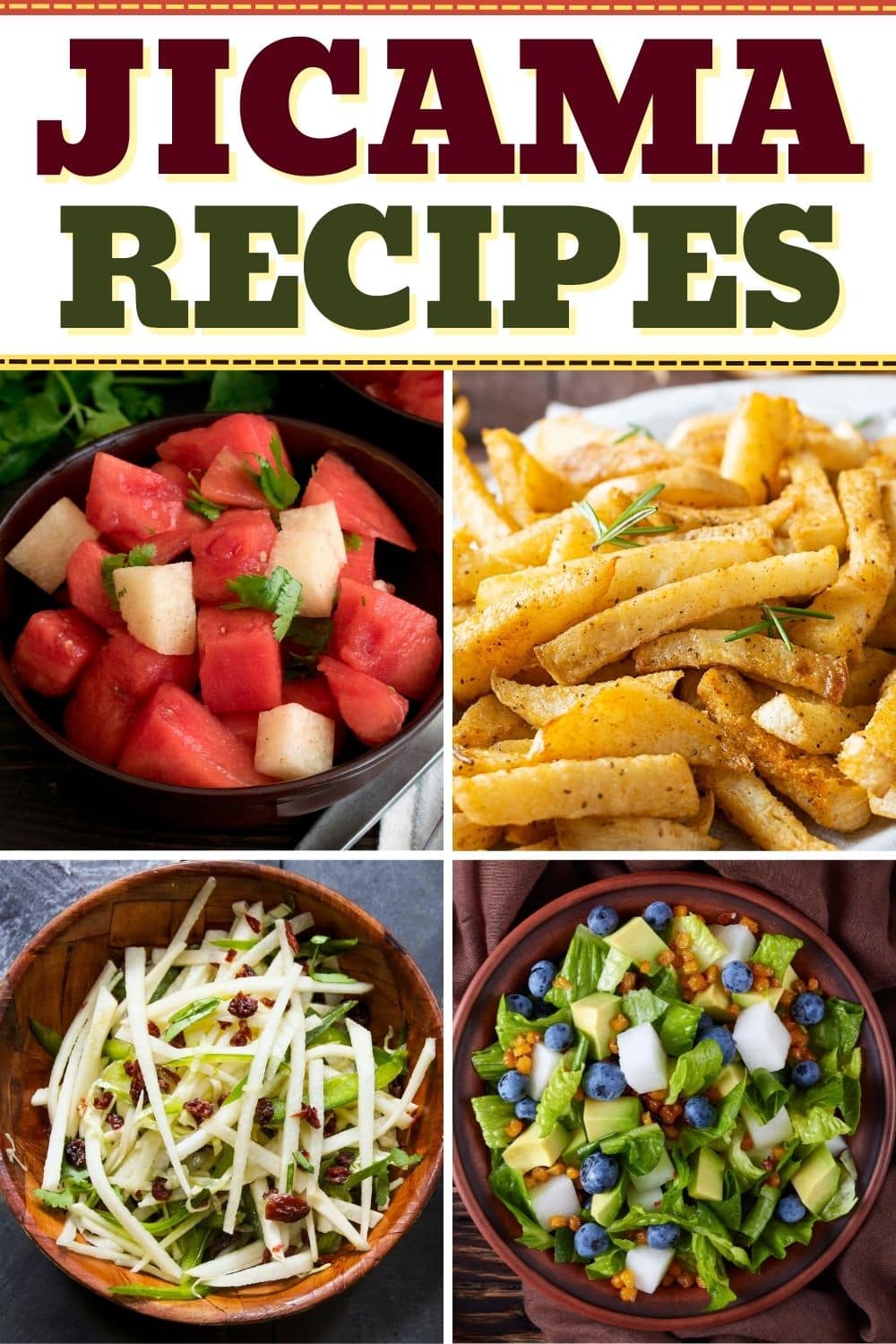
20 Best Jicama Recipes Insanely Good Mapping With Mandy
Potassium: 180 mg. Iron: 0.72 mg. A good source of carbohydrates, jicama is naturally low in fat but high in fiber. Jicama's high fiber content makes it a low glycemic index (GI) food, meaning it doesn't cause blood sugar (glucose) levels to spike. Nutritionists often recommend these low-GI food options to people with diabetes or to anyone who.

MangoJicama Slaw Eating in Andiland
Jicama is a root vegetable from Mexico and Central America, known for its thick brown skin and crisp, white flesh that tastes mildly sweet, kind of like an apple. It's low in carbs and calories.

Jicama Pachyrhizus Erosus. Mexican Yam Bean In Sketch. Hand Drawn
Spacing and Support. Jicama plants should be spaced at least 8 inches apart from one another. The vining plant will topple over without support, so you can use some sort of structure to handle the vines. If you want to let the spread along the ground, feel free. In that case, give them 24-inches between plants.
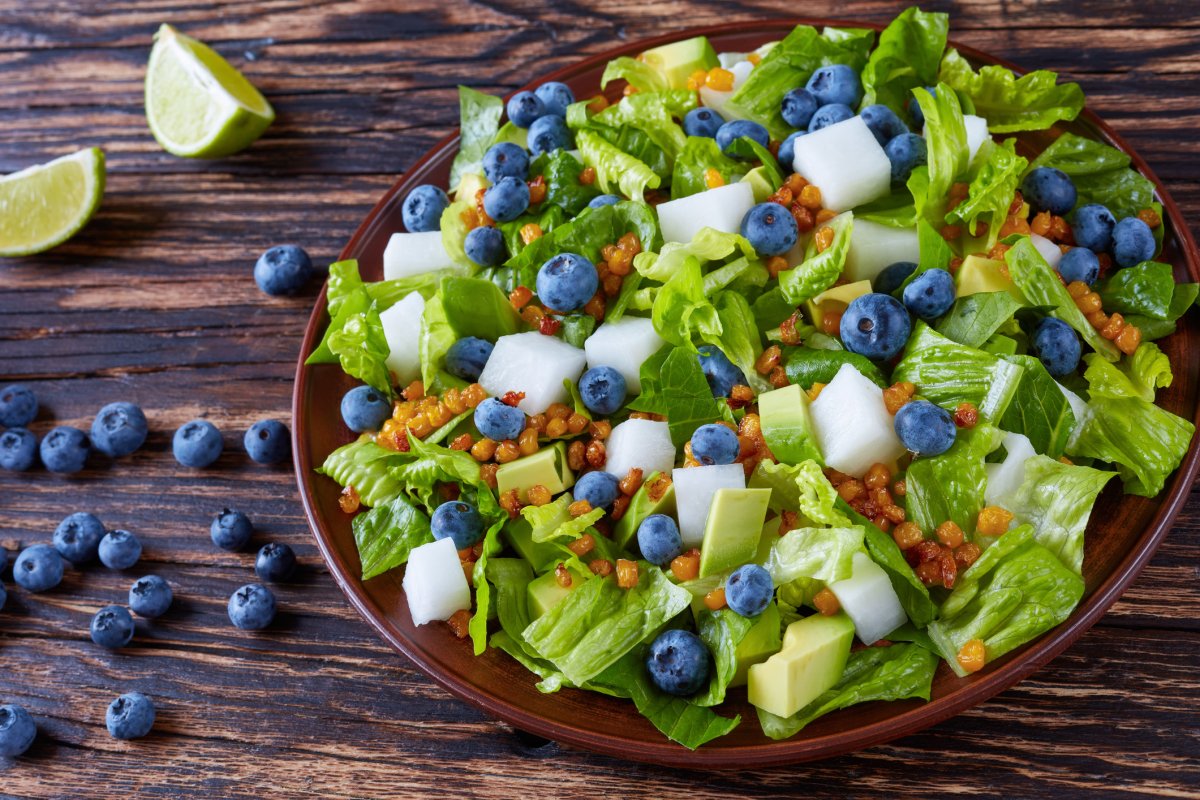
Jicama Health Benefits 5 Reasons To Add Jicama to Your Diet
How to Propagate Jicama. Jicama can be started from seed or grown from small tubers. Sow seeds approximately two months prior to the last expected frost date. Soak seeds overnight prior to planting, then sow them about a half inch below the soil surface and place planted seeds on a warming mat. Seedlings should begin to grow within a couple of.

The Mighty Jícama Latino USA
Here are the simple facts about its nutrition. In 100 grams of jicama there are the following: About 9 grams of carbohydrates. About 5 grams of fiber (that's 20% of your daily recommended intake!). About 4 grams of net carbs, which is relatively low (it's similar to broccoli, and way lower than potatoes, to compare).
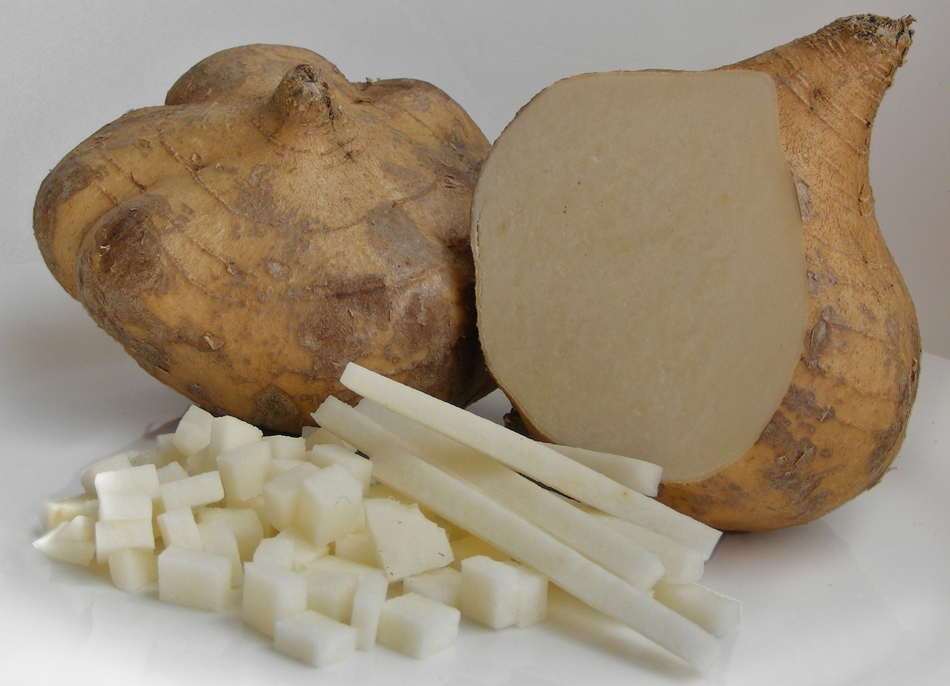
Jicama Aziatischeingrediënten.nl
Plant your jicama seeds or seedlings about half to one inch deep and about 10-15 feet apart. If you are transplanting, plant them at the same depth they were growing in the container. Jicama can plant the seeds garden transplant later. Plant them deep enough so that the base of the plant is just below the soil surface.
Wasatch Mountain Chef Jicama Salad
Jicama contains many important vitamins and minerals, including vitamin C, folate, potassium and magnesium. It's low in calories and high in fiber and water. It also contains antioxidants.
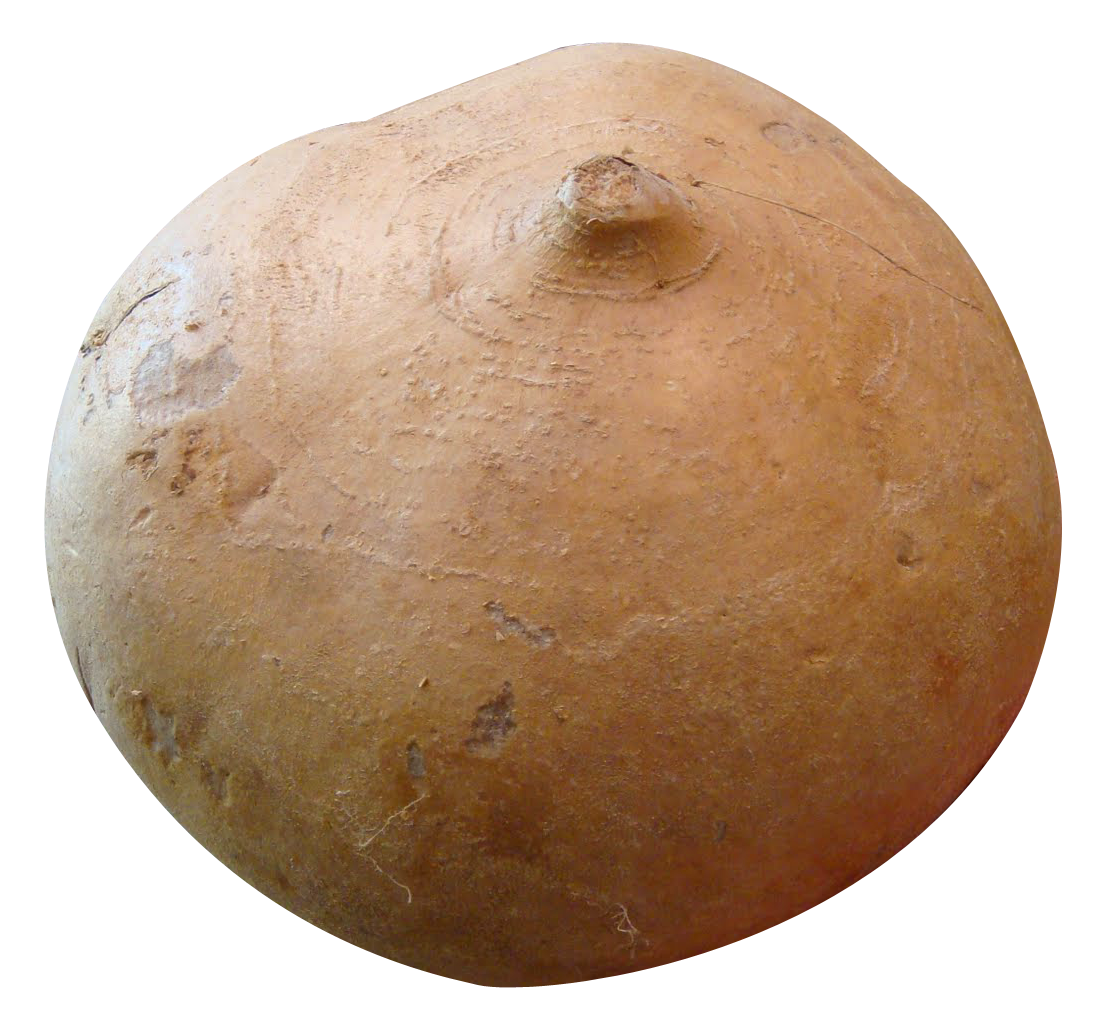
Download Jicama PNG Image for Free
Dig up the tubers and remove the vine. Store the jicama in a cool, dark location between 50 and 60 degrees F for up to two months. Proper storage is key to preventing it from getting woody and tough. To prepare jicama, rinse it and thoroughly peel the skin, which, just like the vines and foliage, is toxic.

Yam beans or Jicama Health Benefits, facts, Side Effects
1. Jicama is full of antioxidants. Jicama is a rich source of vitamin C, an important antioxidant. Vitamin C plays a major role in the development, growth, and repair of all your body's tissue.

Shrimp and Zucchini Noodle Lo Mein Recipe Jicama recipes, Jicama
Jicama Nutrition. Jicama is high in important vitamins and minerals, Jimenez says. One cup packs 20 milligrams of vitamin C (more than 25 percent of what an adult woman needs in a day), which is essential for collagen production and linked to a reduced risk of certain cancers. Vitamin C is also an antioxidant, Jimenez says.
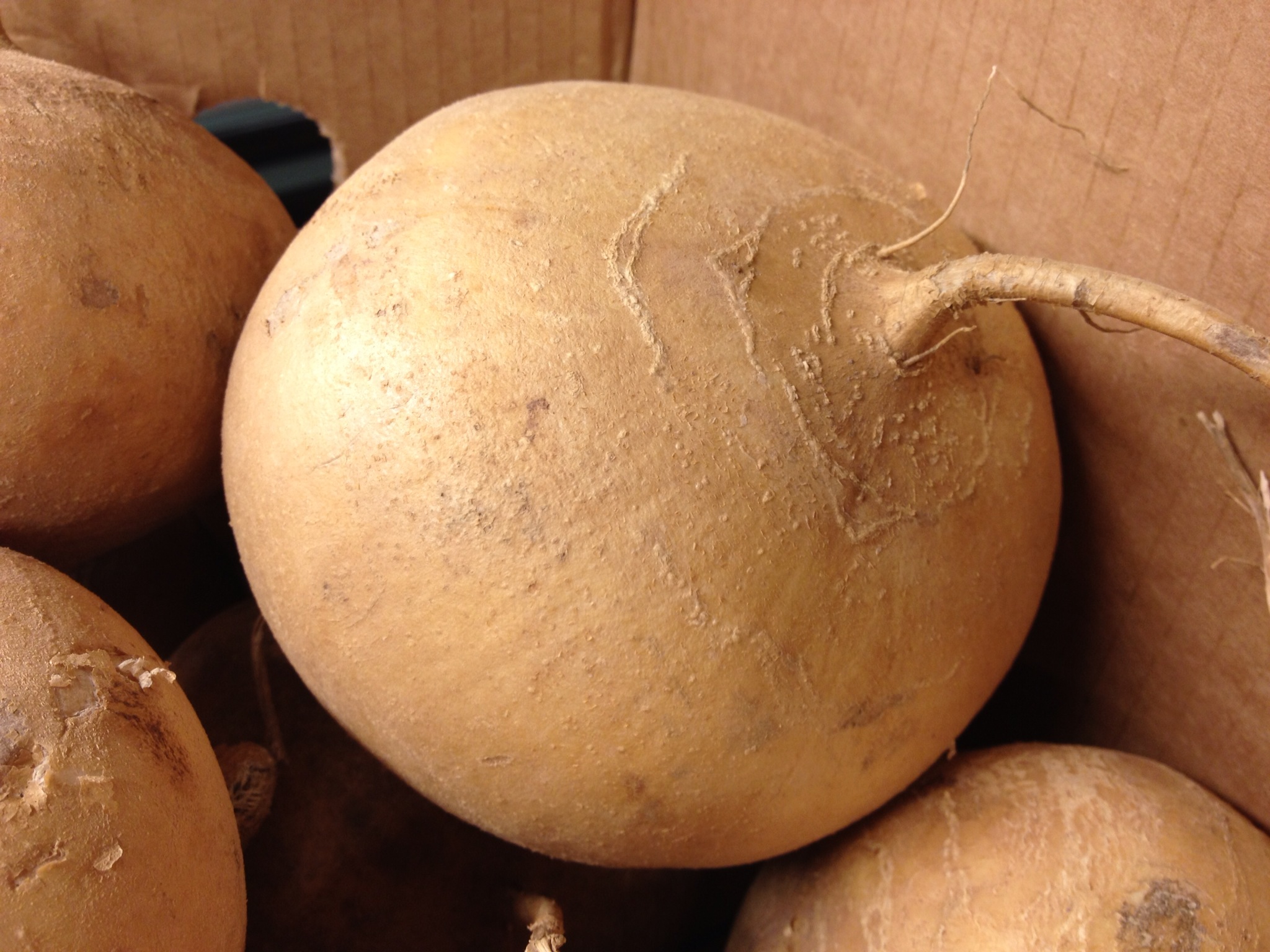
Jicama Have You Eaten, SF?
The jicama vegetable, also known as singkamas or jambean, that you see in the markets is likely grown in Mexico, according to the University of California. The above-ground part of the plant is a vigorous spreading vine that can reach several feet in diameter and produce blue or white flowers and pods similar to lima beans.